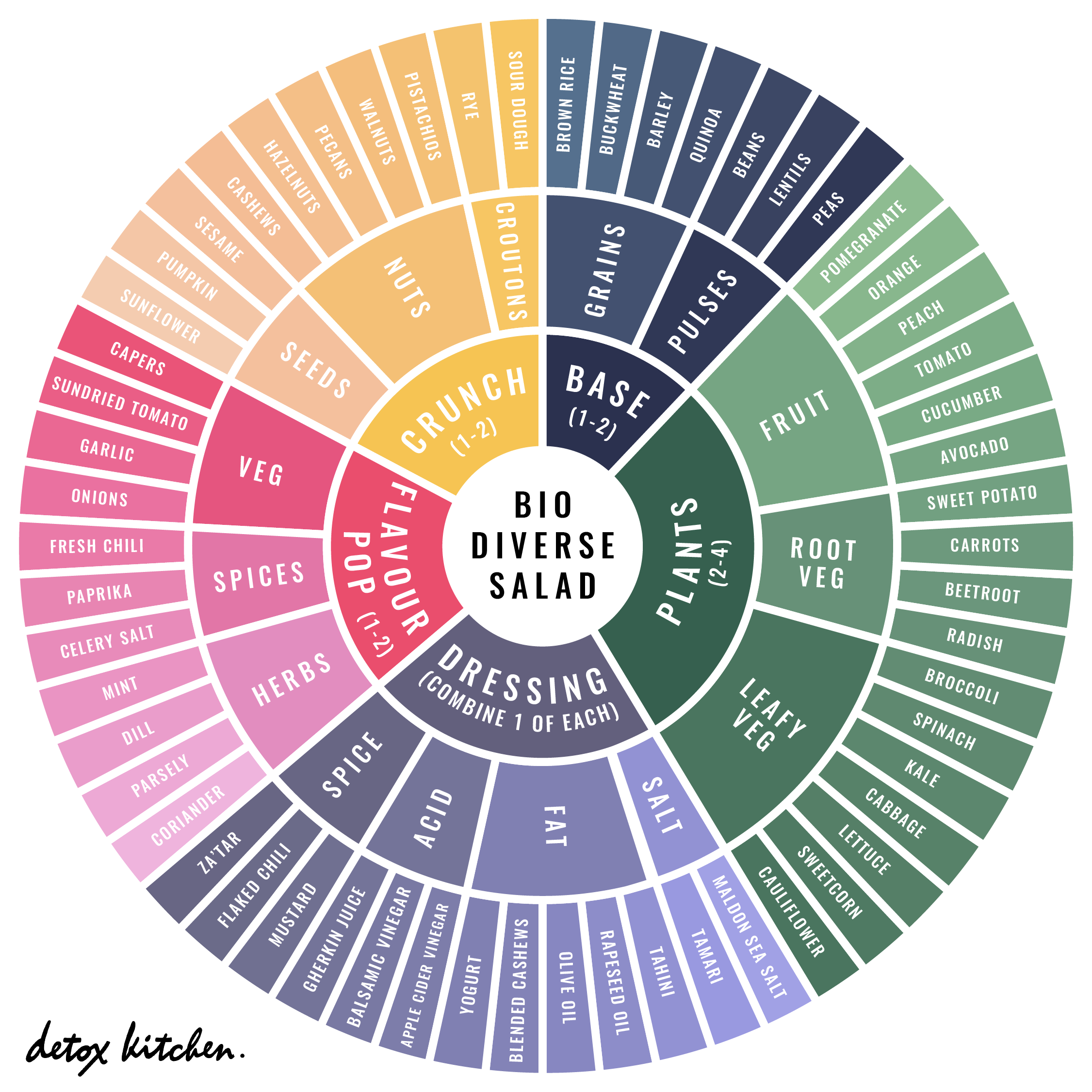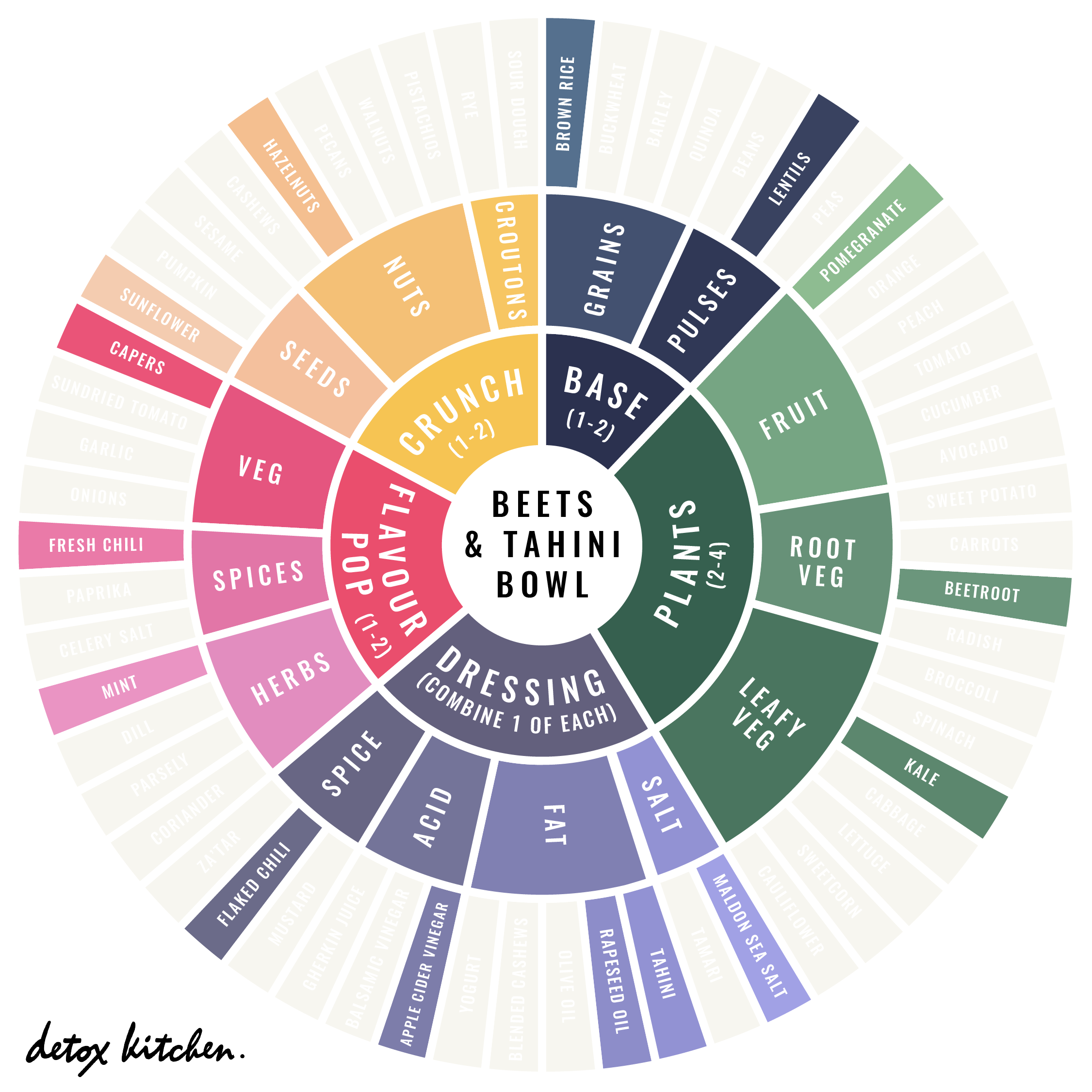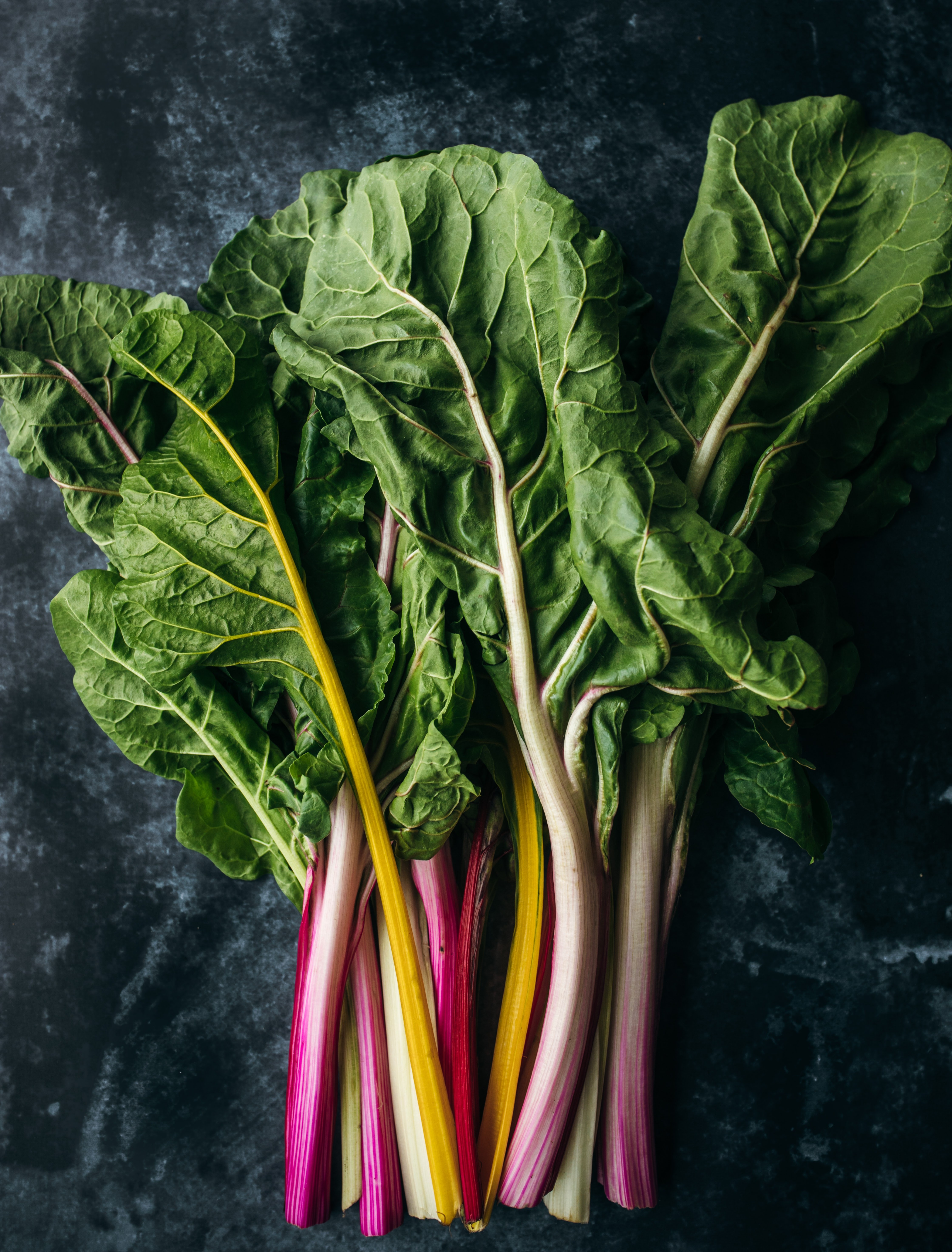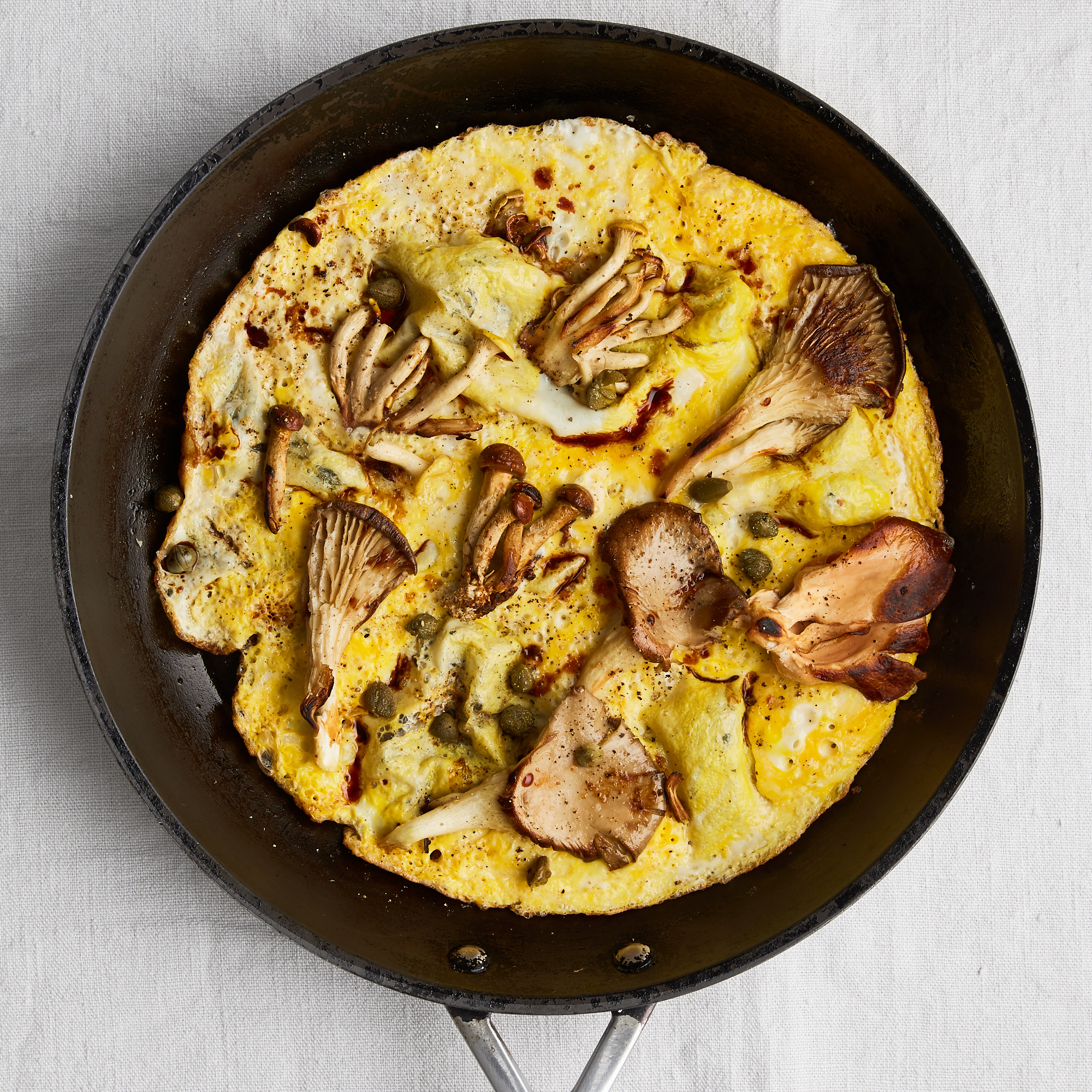06 Aug, 2020
Why is Biodiversity so Important?
PlanetEverything humans need, the air we breathe, the water we drink and the food we eat, all depend on biodiversity, but currently it’s in crisis, because of us. So what does this mean for our future and how can we help to preserve biodiversity?
Biodiversity is a vast and complex subject. In simple terms Biodiversity is the name we give to the variety of all life on Earth. Bacteria to baboons, plants to people - the range of life on our planet is incredible. The word biodiversity is a contraction of 'biological diversity'. The concept is broad and complex, but that complexity is what makes Earth a perfect place for humans to live.
Why do we need biodiversity?
Humans rely on biodiversity to survive. We are intertwined in a big natural system, and each element supports and enables all of us to thrive.
It is easy to see why humans need nature: we need fresh water, clean air, and plants and animals for food. But what we need specifically is biodiversity. Nature around us isn't enough - we need a natural world that is complex, resilient, thriving and full of variety.
A report assessing the 9 planetary boundaries, which assess the thresholds in the Earth's systems, currently identify Biodiversity loss and nitrogen pollution as being the two main safety thresholds that have been crossed. The report concludes that:
“The Millennium Ecosystem Assessment of 2005 concluded that changes to ecosystems due to human activities were more rapid in the past 50 years than at any time in human history, increasing the risks of abrupt and irreversible changes. The main drivers of change are the demand for food, water, and natural resources, causing severe biodiversity loss and leading to changes in ecosystem services. The current high rates of ecosystem damage and extinction can be slowed by efforts to protect the integrity of living systems (the biosphere), enhancing habitat, and improving connectivity between ecosystems while maintaining the high agricultural productivity that humanity needs.”
Biodiversity and our food system
The decline in natural plant and animal species poses a severe threat to the world’s capacity to produce food for a growing population. And there is mounting evidence that global food production is itself a contributory factor to the continuing loss of biodiversity.
In the first-ever global study into the state of biodiversity that underpins our food systems, the Food and Agriculture Organization of the United Nations (FAO) points to “ever-growing challenges” facing food and agriculture, as the Earth’s natural ecosystems and supply chains that underpin food production deteriorate or disappear completely.
“Less biodiversity means that plants and animals are more vulnerable to pests and diseases,” says José Graziano da Silva, Director-General of the UN FAO. “Compounded by our reliance on fewer and fewer species to feed ourselves, the increasing loss of biodiversity for food and agriculture puts food security and nutrition at risk.”
About 75 percent of the world’s food comes from just 12 plants and 5 animal species. Almost half of our plant-derived calories come from just three foods: wheat, corn and rice. While estimates vary, it is believed that there are over 30,000 edible plants, and we only eat 150 of them.
This concentration around just a few food sources puts our food system at risk. How did we get here? Historically, the food industry prioritised commoditisation, mass yield, and uniformity over flavour, nutrition, and sustainability. As a result, we are losing plant and animal species at an alarming rate, while diet-related disease, obesity, and micronutrient deficiencies are on the rise.
An important report “Food biodiversity for healthy diverse diets” looks at the impact that this mass reduction in diversity in our diet is impacting our health. “Food biodiversity – the diversity of plants, animals and other organisms used for food, both cultivated and from the wild – is a critical element in response to global malnutrition, and it supports sustainable food systems. [Ultimately we need to] Improve availability, accessibility, affordability and acceptability of food biodiversity in order to achieve better diets.”
How can we support biodiversity through our food choices?
As much as we can’t reverse the effects of biodiversity (it’s currently impossible to bring extinct species back to life), there are lots of things we can do and ultimately it boils down to the everyday choices we make. Most wildlife is destroyed by land being cleared for cattle, soy, palm oil, timber and leather. Most of us consume these products every day, with palm oil being found in many foods and toiletries. Choosing only sustainable options helps, as does eating less meat, particularly beef, which has an outsized environmental hoofprint.
Be particularly conscious of the variety of food you are eating, if wheat and rice form the basis of every meal, try to really reduce these to once or twice a week and instead opt for lesser heard of grains and pulses for your carb requirements. Frekkah, pearl barley, lentils and spelt pasta are all a great place to start. Not only does diversity in your diet mean greater nutrient consumption and improved overall biodiversity but specifically eating a more plant-based diet has a far lesser impact on our environment than choosing meat, fish and processed options.
Be curious about new foods, walk down the international aisles, search through the gluten free and organic sections of your supermarket, go to farmers markets or search online for local UK based farmers who are championing bio diversity and bringing forgotten ingredients back to life.
Our Salad Diversity Wheel is a great place to start:

And here's an example of how to use the wheel to create one salad:




